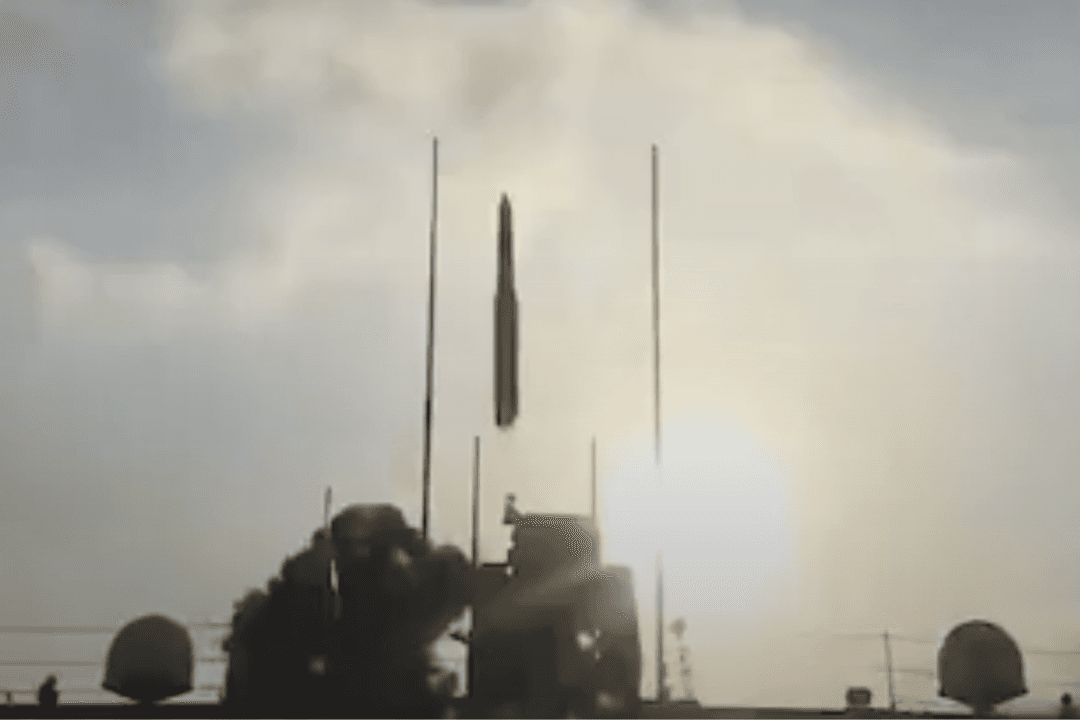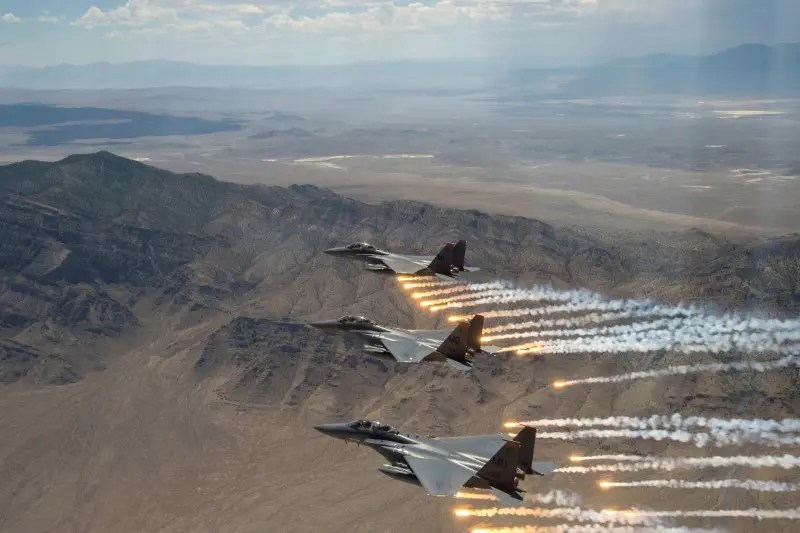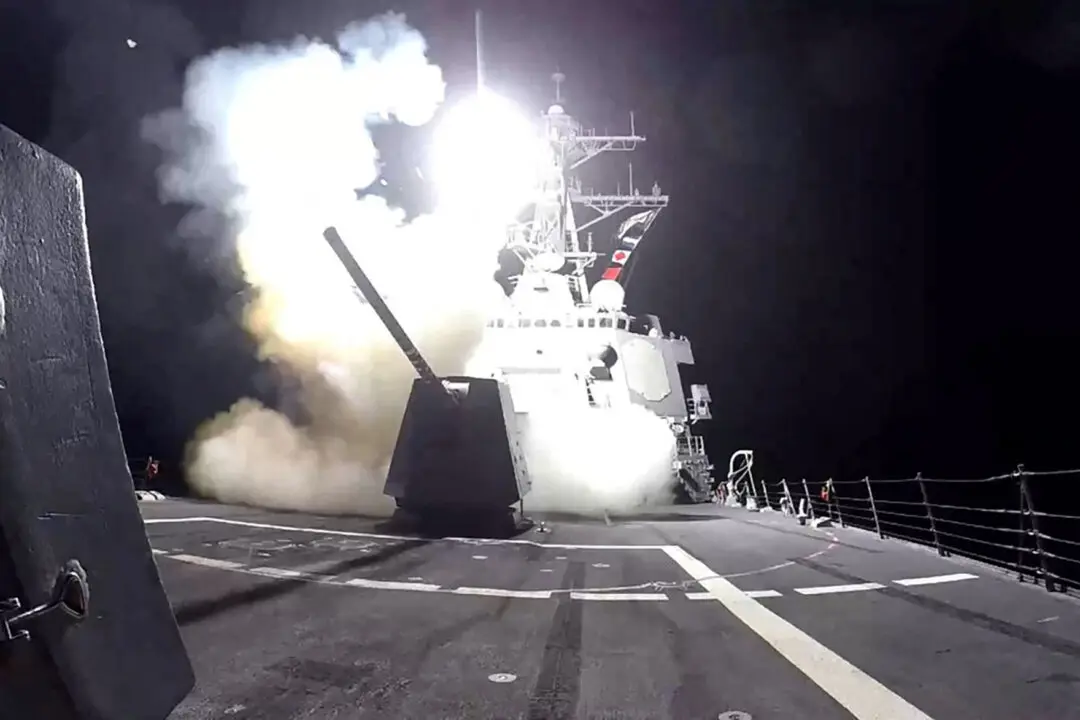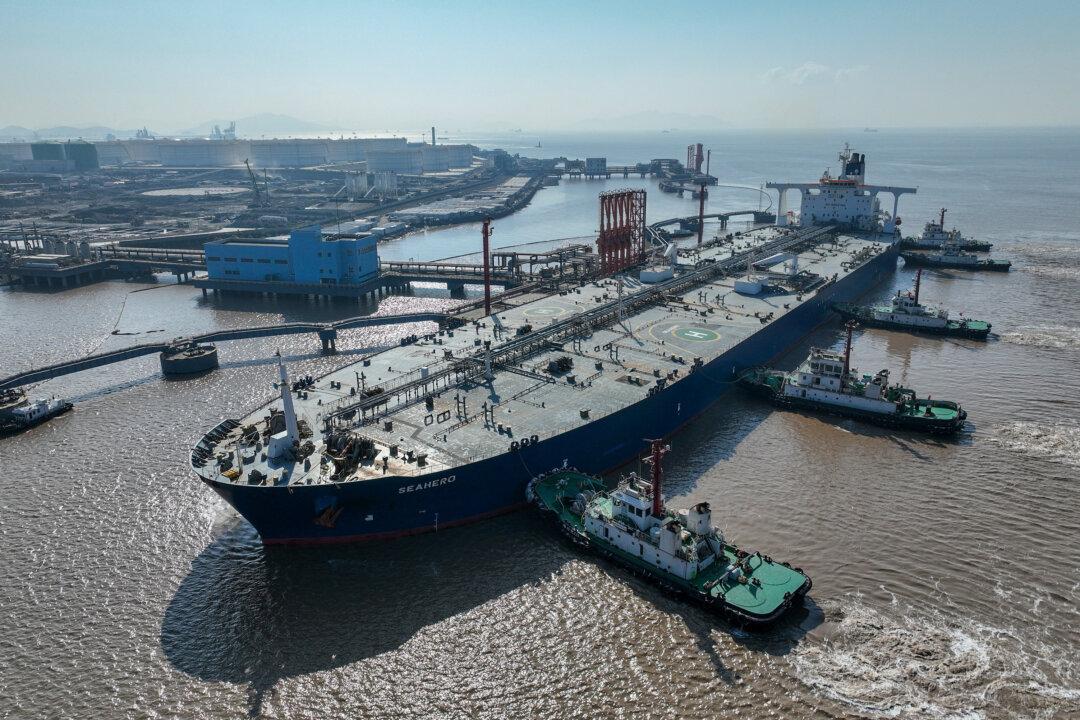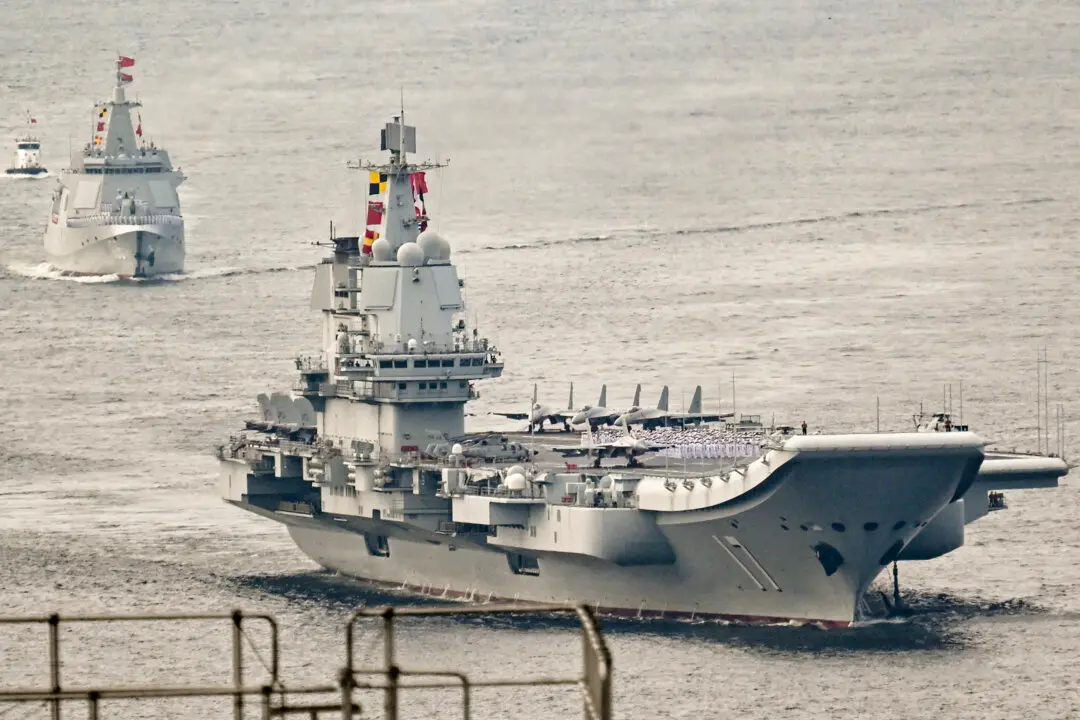China’s navy has revealed a previously unknown test of a new hypersonic missile, footage of which emerged on Chinese social media just days ahead of the 73rd anniversary of the Chinese navy, and just before talks between U.S. and Chinese defense leaders.
The missile depicted in the video is likely China’s YJ-21, also called the Eagle Strike 21, which is believed to have a maximum range of some 620 miles.
